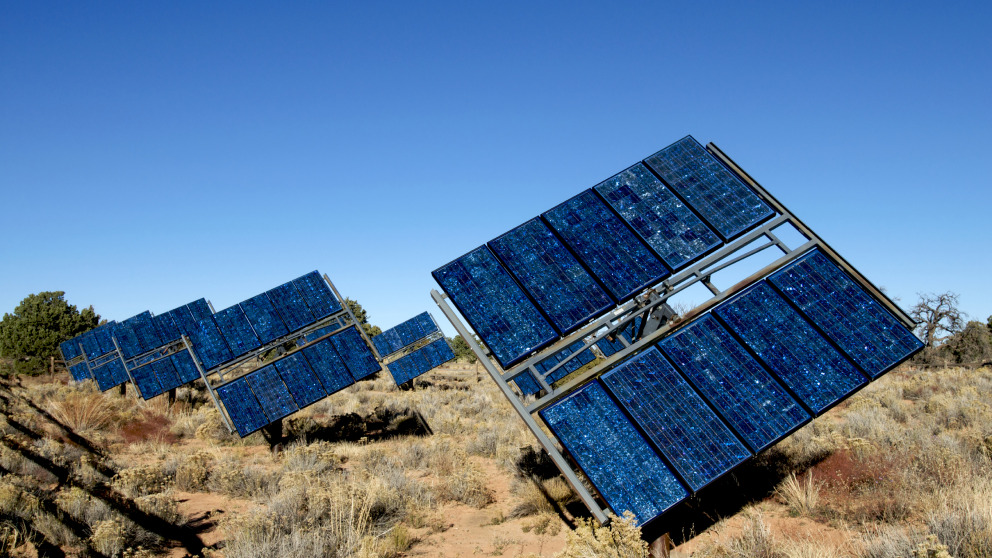Generating Energy with Less Water: IASS and Partners Discuss Technical Options and Political Prerequisites
09.10.2015
Water-Energy Nexus

The water requirements of the energy sector are high. Given the increasing global demand for energy and the scarcity of water, there is an urgent need to decouple the energy supply from water usage. Wind energy and photovoltaic have a major role to play here. That was the conclusion of a side event at SAIREC 2015, a major conference on renewable energies that took place from 5 to 7 October in Cape Town. The side event was organised by the IASS, Greenpeace Africa, the International Renewable Energy Agency (IRENA) and the World Bank’s Thirsty Energy Initiative. The participants agreed that to achieve the necessary shift to a secure energy supply that conserves water, politicians and energy planners need to create the appropriate framework.

At the beginning of the side event, Sybille Röhrkasten from the IASS quoted some numbers that highlight the urgent need to take action: 1.2 billion people worldwide live in regions that are affected by water scarcity. The UN estimates that in 2030 we will be unable to meet about 40 percent of the demand for water if do not radically change our water consumption habits in the meantime. But there’s little sign of that happening: according to estimates of the International Energy Agency (IEA), the water withdrawals of the energy sector are set to increase by 85 percent by 2035. “These trends pose important risks to energy security that affect both renewable and non-renewable energy technologies,” said Röhrkasten.
Insights into the situation in South Africa were provided by Adrian Stone, an engineer who works for the World Bank’s Thirsty Energy Initiative and the Energy Research Centre at Cape Town University. Stone explained that like many developing countries, South Africa is struggling with the problem of rapidly increasing energy demand due to economic growth. As it stands, this demand can hardly be met due to the country’s aging infrastructure, and water scarcity is just exacerbating the problem. Tania Rödiger-Vorwerk from the German Ministry for Economic Cooperation and Development warned that the increased competition for scarce water resources could spark social conflicts.
Melita Steele from Greenpeace Africa said that the decisions currently being made on South Africa’s future energy supply have major implications for water availability, poverty alleviation, job creation, electricity generation and energy access. She pointed out that coal mines are currently operating without valid water-use licenses and new coal-fired power stations are being approved without a country-wide analysis of future water availability. This could result in severe water shortages. As Steele emphasised, “There are alternatives to coal, but there are no alternatives to water.”
But there is also a turn towards renewable energy sources in South Africa. As Dominik Schäuble of the Transdisciplinary Panel on Energy Change at the IASS stressed, this is good news not just for greenhouse gas emissions but also for water consumption: “Wind power and photovoltaic require far less water than coal and nuclear power. By investing in water-resilient renewable energy sources, countries with a growing energy demand can avoid water risks without increasing their greenhouse gas emissions. Rabia Ferrouki from IRENA highlighted that water savings were a strong economic argument in favour of renewables.
With the side event at SAIREC, the IASS wanted to place water higher on the international energy policy agenda. While the water-energy nexus is a much-discussed topic among water experts, the energy sector has not yet paid it adequate attention. An IASS Policy Paper on the side event casts light on the challenge of supplying energy in a world with limited water resources and points to possible solutions.
08.10.2015